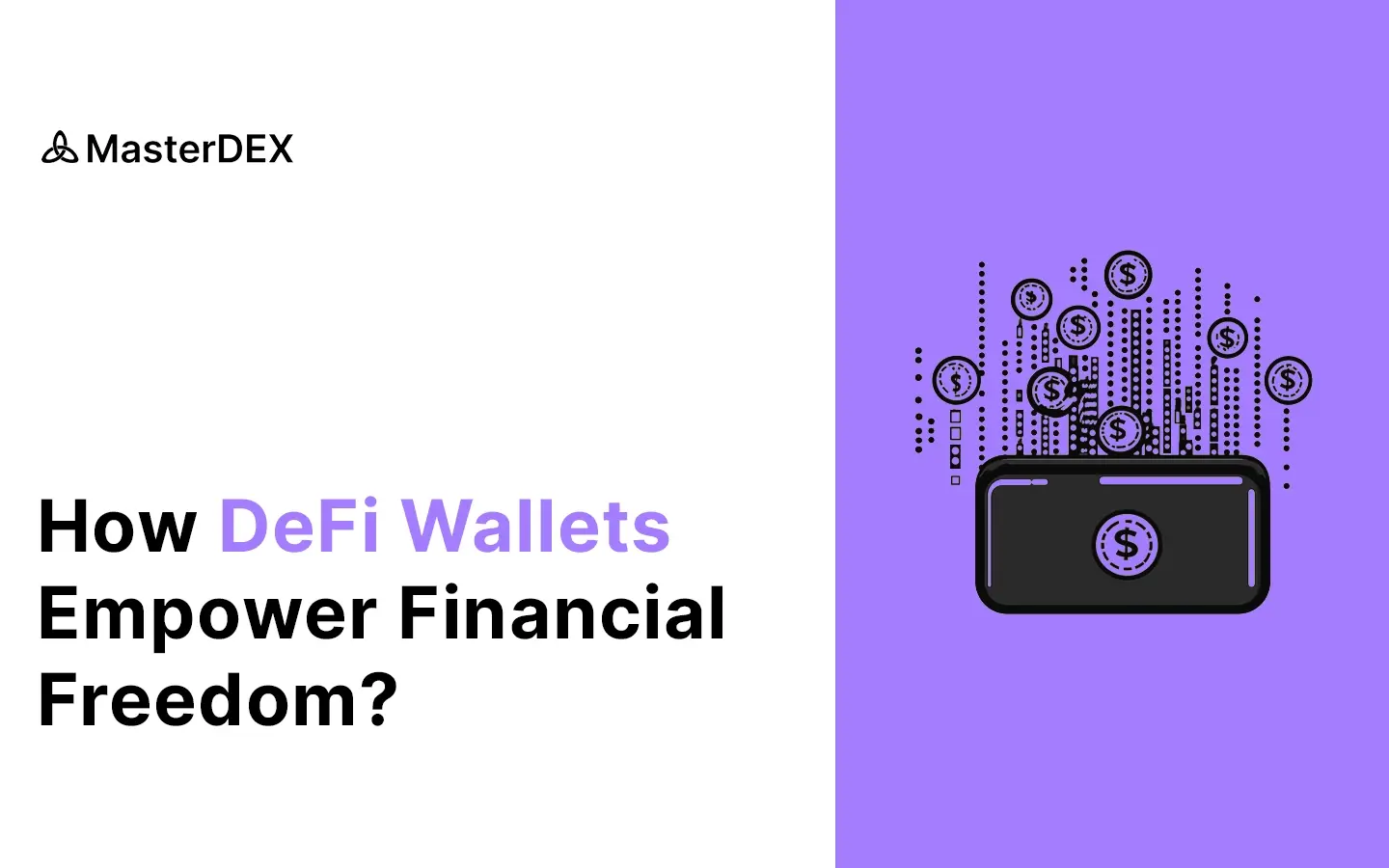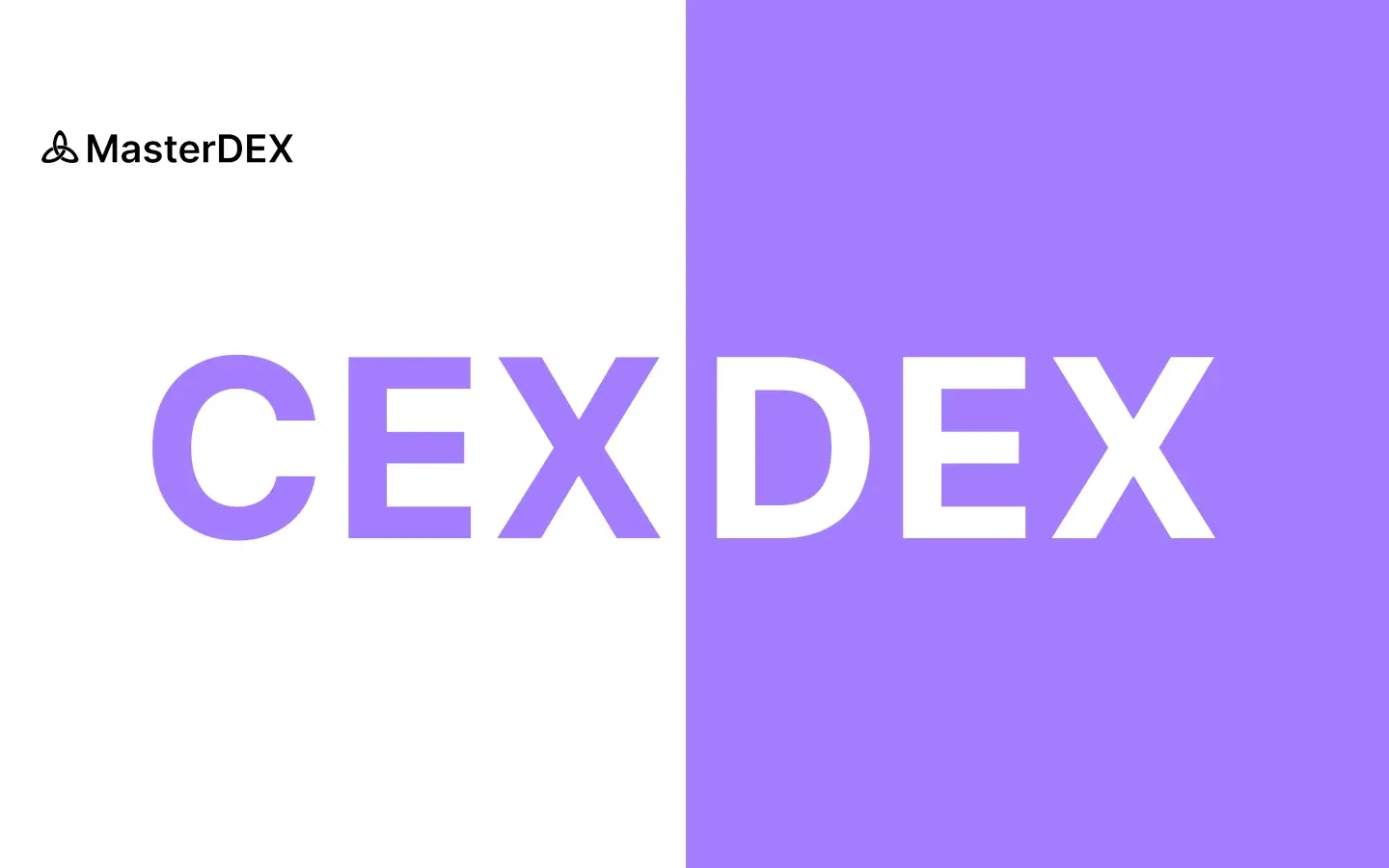Cryptocurrency wallets play a crucial role in securing digital assets. They fall into two primary categories: hot wallet and cold wallet. While both serve the same purpose of storing and managing cryptocurrencies, their security mechanisms and accessibility differ significantly.
In this article, we will learn what are hot and cold wallets, their types, pros and cons, and their detailed comparison.
Table of Contents:
ToggleWhat are Hot Wallets?
Hot wallets are software-based wallets that store private keys on devices connected to the internet. They provide seamless access to funds and allow users to send, receive, and manage cryptocurrencies with ease. Since they demand on internet, they offer a user-friendly experience but come with higher security risks.
Looking for a seamless trading experience, check out MasterDEX now!
Types of Hot Wallets
Hot wallets come in various forms, each designed for different use cases. Below are the most common types:
1. Web Wallets
- Accessible through a web browser, eliminating the need for software installation.
- Usually provided by cryptocurrency exchanges, allowing easy access to funds.
- Examples: Binance Wallet, Coinbase Wallet
2. Mobile Wallets
- Applications installed on smartphones, providing a user-friendly interface for managing crypto assets.
- Convenient for daily transactions and payments.
- Examples: Trust Wallet, MetaMask, Edge Wallet
3. Desktop Wallets
- Software programs installed on a computer, offering more security than web wallets.
- Ideal for users who prefer offline access with an internet connection only when needed.
- Examples: Exodus, Electrum, Atomic Wallet
Advantages of Hot Wallets
- Easy to use and set up – Suitable for beginners and experienced traders.
- Instant access – Transactions can be executed quickly without switching devices.
- Supports multiple cryptocurrencies – Ideal for traders managing diverse portfolios.
- Free to use – Most hot wallets do not require additional hardware.
Limitations of Hot Wallets
- Security risks – Being connected to the internet makes them vulnerable to cyberattacks.
- Risk of exchange closure – If a custodial wallet provider shuts down, users may lose access to funds.
- Private key exposure – Stored online, making them susceptible to hacking or phishing attacks.
What are Cold Wallets?
Cold wallets are offline storage solutions that keep private keys completely disconnected from the internet. They are less prone to hacking and are preferred for storing large amounts of cryptocurrency for extended periods.
Types of Cold Wallets
Cold wallets come in different forms, offering varying levels of security:
- Paper Wallets – A physical document containing a private and public key, sometimes with a QR code for easier transactions. However, they are at risk of being lost or damaged.
- Hardware Wallets – USB-like devices that securely store private keys offline. Popular models include Trezor, Ledger, and KeepKey.
Advantages of Cold Wallets
- Enhanced security – No internet connection reduces the risk of cyber threats.
- Physical control – Users have complete ownership over their private keys.
- Used by reputable exchanges – Many major platforms store assets in cold wallets for added protection.
- Encryption and PIN protection – Additional security layers make unauthorized access difficult.
Limitations of Cold Wallets
- Less convenient – Requires manual steps to connect to a device and access funds.
- More expensive – Hardware wallets need to be purchased separately.
- Not ideal for frequent trading – Transactions require extra steps, making them slower than hot wallets.
- Limited cryptocurrency support – Some hardware wallets do not support all digital assets.
In addition to hot and cold wallets, there are other two types of wallets and these are custodial wallets and non custodial wallets. Let’s quickly understand them.
What is a Custodial Wallet?
A custodial wallet is a wallet where a third party, such as an exchange or service provider, holds and manages your private keys on your behalf. This means you do not have direct control over your private keys, but you can still access and manage your assets through your account.
Pros of Custodial Wallets:
- User-friendly and convenient – No need to manage private keys.
- Recovery options available – If login details are lost, the provider can assist.
- Built-in security measures – Often include fraud protection and backup solutions.
Cons of Custodial Wallets:
- Less control over assets – Users depend on the service provider.
- Security risks – Assets may be vulnerable if the provider is compromised.
- Potential withdrawal restrictions – Some platforms may impose limits or delays.
What is a Non-Custodial Wallet?
A non-custodial wallet gives users full control over their private keys, meaning only the wallet owner can access and authorize transactions. These wallets operate without any third-party involvement, offering greater privacy and independence.
Pros of Non-Custodial Wallets:
- Full ownership of assets – No third-party control.
- More privacy – No need to rely on centralized entities.
- No withdrawal limits – Users have direct access to their funds.
Cons of Non-Custodial Wallets:
- Requires responsible key management – Losing private keys means losing assets.
- Less beginner-friendly – Requires some technical knowledge.
- No recovery support – Users must manage their own security.
Hot Wallets vs. Cold Wallets: A Side-by-Side Comparison
| Feature | Hot Wallets | Cold Wallets |
| Connectivity | Always connected to the internet | Offline storage with manual access |
| Security | More vulnerable to cyberattacks | Higher security due to offline storage |
| Cost | Free to use | Requires purchase of additional hardware |
| Cryptocurrency Support | Supports most cryptocurrencies | Supports selected major cryptocurrencies |
| Risk of Asset Loss | Exchange closure may lead to lost access | Coins remain safe even if the exchange closes |
| Usage | Ideal for active traders and daily transactions | Best for long-term holding and large funds storage |
Conclusion
Both hot and cold wallets serve essential roles in managing cryptocurrency assets. Hot wallets offer convenience for frequent trading but come with security risks. Cold wallets, on the other hand, provide maximum security but are less convenient for everyday use. Many investors choose to use a combination of both—keeping a portion of their funds in a hot wallet for transactions while securing the majority in a cold wallet for long-term storage. The right choice depends on the user’s trading activity, security needs, and investment strategy.


